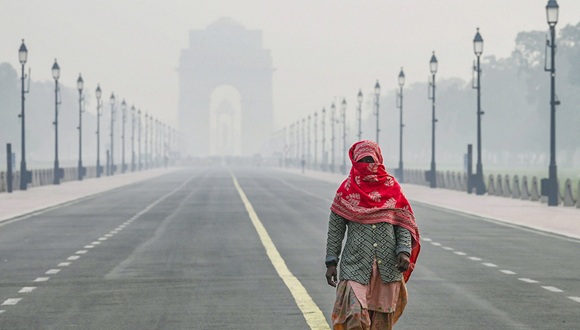
United Nations, March 12.- A recent study determined that only seven countries comply with the World Health Organization (WHO) guidelines on air quality, while the majority of nations exceed safe pollution levels.
Swiss technology company IQAir analyzed more than 40,000 air quality monitoring stations in 8,954 locations in 138 countries. The results, published this Tuesday, revealed that only 17% of cities comply with the WHO's annual guideline, which states that levels of PM 2.5 particles should not exceed 5 micrograms per cubic meter (µg/m3). PM 2.5 are tiny particles that can be harmful to health.
Australia, New Zealand, the Bahamas, Barbados, Grenada, Iceland, and Estonia are among the few countries with an annual average within the recommended standards.
On the other hand, the nations with the most polluted air were Chad, Bangladesh, Pakistan, the Democratic Republic of the Congo, and India, with PM 2.5 levels at least 10 times higher than the limits set in the 2024 guidelines. Chad is the most polluted country, with levels 18 times higher than recommended.
In India, which has 11 of the 20 most polluted cities in the world, the level of PM 2.5 decreased by 7% between 2023 and 2024. Byrnihat and New Delhi lead the list of the most polluted cities.
The study also highlights stark disparities within regions, noting that several parts of the world lack the monitoring necessary to obtain accurate data, especially in low-income countries.
Oceania was ranked the cleanest region, with 57% of cities meeting air quality guidelines. Meanwhile, the municipality of Mayagüez, Puerto Rico, was the cleanest metropolitan area, with an average annual PM 2.5 concentration of 1.1 µg/m3. (Text and Photo: Cubadebate)